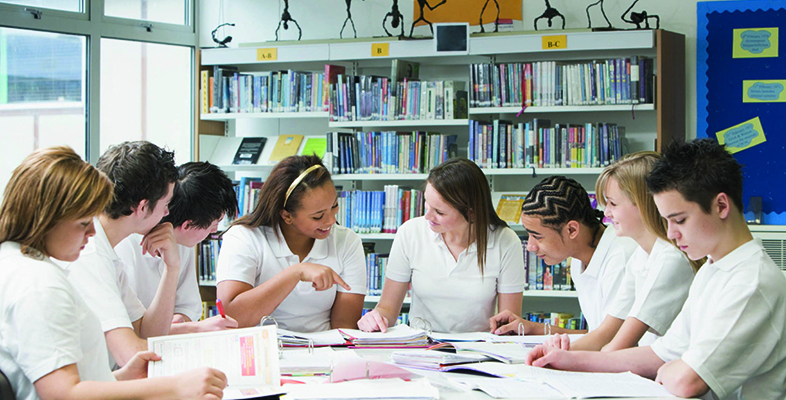3.2 Student-centred pedagogy
The modern presentation of Dewey’s ‘experiential education’ is perhaps ‘learner-centred education’ or ‘student-centred pedagogy’. ‘Student-centred’ is a difficult term as it means different things to different people. A common view is that student-centred pedagogy implies a set of particular approaches, such as group work, practical work or discovery learning. This is unfortunate as it has enabled neo-liberal ministers of education to label a large proportion of the education community as ‘the blob’ (Garner, 2014), apparently demanding group work and promoting a lack of rigour in teaching and learning. To the Government ministers in the UK in 2010–2015 ‘student-centred pedagogy’ is associated with a lack of discipline and low expectations. To other governments it represents an aspiration, a vision of education that is very different from what is happening and therefore the means to achieve significant improvements in student outcomes.
Reflection point
What does ‘student-centred’ learning mean to you?
What would you expect to see in a ‘student-centred’ classroom?
Discuss your ideas with colleagues – how much agreement is there between you?
Michele Schweisfurth (2013), in a book that takes an international perspective on student-centred education, defined a set of ‘minimum standards’ for this type of education (2013, p. 146). These are:
- Lessons should be engaging to students and motivate them to learn.
- There is mutual respect between students and teachers, reflected in the way in which both behave.
- Learning challenges build on students’ existing knowledge.
- Dialogue is used in teaching and learning, with students having the opportunity to discuss their ideas.
- The curriculum should be relevant to students’ lives.
- The curriculum should be based on skills, attitudes and content and should support critical and creative thinking.
- Assessment should test skills and knowledge and not be based on rote learning.
The implication here is that ‘student-centred learning’ (or learner-centred education) is about a set of values rather than a set of approaches, and that teaching relies on building productive relationships between the teacher and the learners.
Activity 7 Student-centred teaching
Part 1
With a colleague, consider the following questions:
- What is your response to Schweisfurth’s ‘minimum standards’?
- Consider these ‘minimum standards’ in terms of the learning theories that you have studied – how many are represented?
- How might the ‘minimum standards’ manifest themselves in your teaching of your subject?
Part 2
Thinking back over the last week, jot down some of the activities that you asked students to do in your lessons. How could you have made them more ‘student-centred’?
The ‘minimum standards’ draw on behaviourism, constructivism, social constructivism and social cognition. This is to be expected because if the primary concern is to focus on the learners, then different theories of learning will enable a variety of needs to be met.
A common misconception is that ‘student-centredness’ comes with a set of rules such as: ‘you should be doing group work’ and ‘you mustn’t talk to a class for more than 5 minutes’. This is not helpful. Badly organised group work with ill-thought out tasks is worse than the alternative and whole-class teaching can be ‘student-centred’. Student-centred learning requires a student-centred teacher and manifests itself through:
- what the teacher focuses on when planning
- the nature of communication with students
- the teacher’s attitude to students and their ideas and different needs
- how the teacher views students’ existing knowledge, experience and attitudes
- the teacher’s view of the learning process and the learner
- the teacher’s role as an educator
- what the teacher sees as important (values).
An effective student-centred teacher will help students to see the value of what they are learning and organise success so that the students believe they can learn. The teacher will structure content so that it has meaning to the learner, provide feedback and engage in dialogue about progress (Petty, 2009).
Activity 8 Planning student-centred teaching
Imagine you are working with a novice teacher.
- Explain how to make sure that whole-class teaching is ‘student-centred’.
- Explain how to ensure that group work is genuinely ‘student-centred’. What do you need to consider in your planning?
